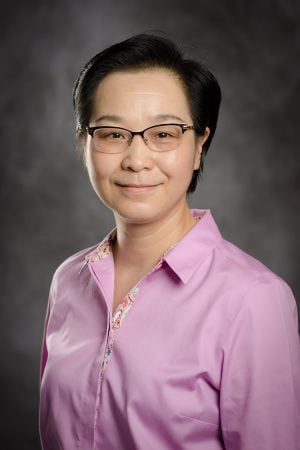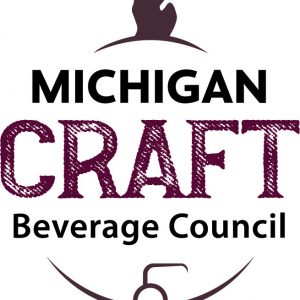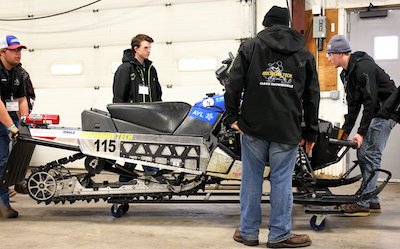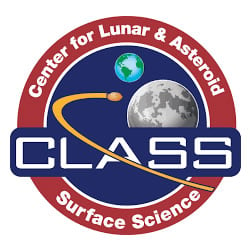
Bo Chen (ME-EM) has received the designation of Fellow from the American Society of Mechanical Engineers (ASME).
The ASME Committee of Past Presidents confers the Fellow grade of membership on worthy candidates to recognize their outstanding engineering achievements.
Nominated by ASME Members and Fellows, an ASME Member has to have 10 or more years of active practice and at least 10 years of active corporate membership in ASME.
William Predebon, chair of the the Department of Mechanical Engineering-Engineering Mechanics said, “Dr. Chen has made major contributions in her field of embedded systems with application to hybrid-electric and electric autonomous systems. Her course in Model-based Embedded Control System Design is regularly in high demand by not only ME students but also EE students. This is a testament to the importance of the topic and her teaching ability.”
Chen conducts interdisciplinary research in the areas of mechatronics and embedded systems, agent technology, modeling and control of hybrid electric vehicles, cyber-physical systems and automation.







